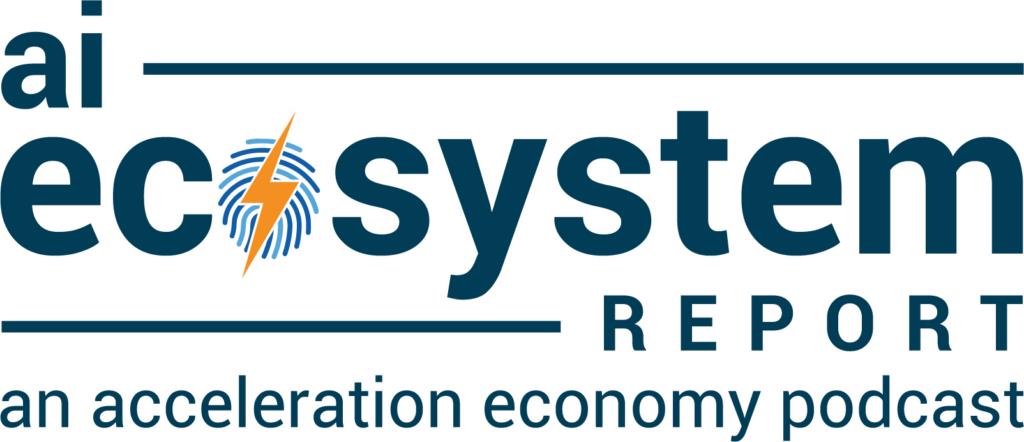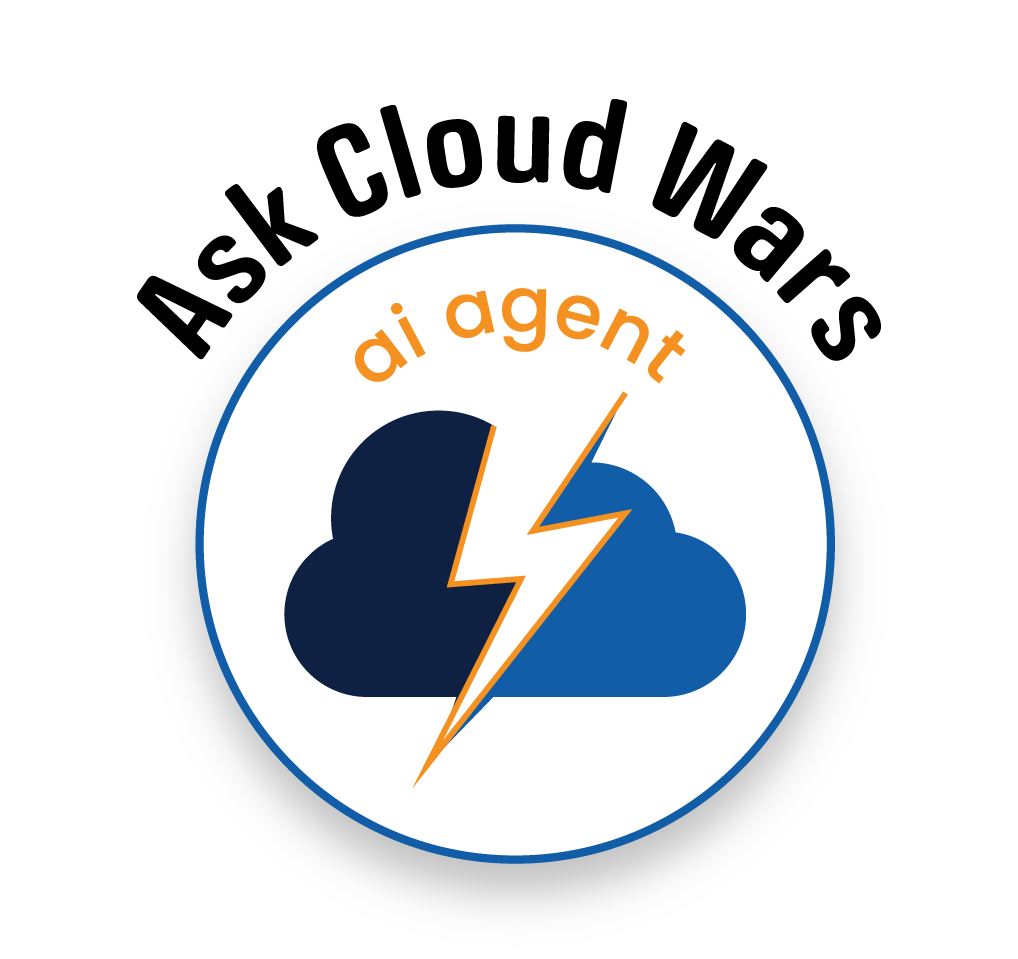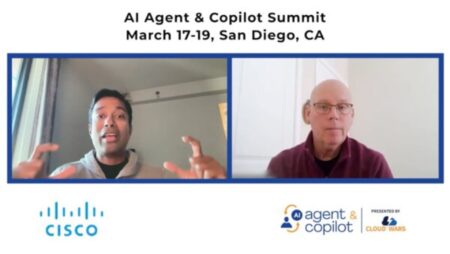Silvio Arcangeli, senior director, product management at SAP Signavio, delivered his company’s perspective for the Acceleration Economy Course, Process Mining in the GenAI Era. Arcangeli touches on business transformation, GenAI, differentiators, and big customer wins. The discussion is followed by an SAP Signavio product demo from JP Ascenci, solution architect for SAP Signavio. Below are highlights of the discussion and demo.
Highlights
Outcomes of SAP’s Acquisition of Signavio (00:50)
“We are the business process transformation company,” Arcangeli describes how the company thinks about itself and how it’s perceived by the market and its customers. Signavio was acquired by SAP in 2021. The number of engineers and technical staff is now six-times bigger than it was prior to the acquisition. Arcangeli also reports a “steep increase in terms of customer adoption” since the acquisition.
Business Process Transformation (03:55)
Process mining is central to the overall offering that SAP Signavio brings to market to support its customers on the business process transformation journey. While process mining helps organizations understand and track the impact of changes being applied, visibility alone doesn’t necessarily equate to driving effective change. The business process transformation journey provides an end-to-end perspective from process visibility to implementing change and tracking that impact.
Ask Cloud Wars AI Agent about this analysis
GenAI Impact and the Large Process Model (06:00)
The process mining sector, Arcangeli predicts, will be impacted more heavily by GenAI and technologies will be knowledge-driven moving forward. With this in mind, SAP Signavio has been working on its next-generation offering based on GenAI. The company has developed a concept called the Large Process Model, which leverages existing large language models (LLMs) and adds a tailored vertical layer on top, training the LLM with process-specific knowledge. The company expects to release many of the new features in beta before the end of the year.
Top Differentiators (14:21)
The main differentiator is that SAP Signavio is focused on providing an end-to-end suite that supports its customers to execute business transformation, including process mining. “Process mining is really one of the core pillars because all of the most significant business transformations need to be fact-based and data-based in order to be effective, but we can’t be limited to process mining only,” Arcangeli notes.
Improving Customer Satisfaction (16:06)
To improve customer satisfaction, it’s not enough to only mine the process. You need to be able to track which process mining insights are related to the output you want to change and also be able to improve the process to drive change. SAP Signavio’s suite can modularly fit into any enterprise landscape. A customer might opt to invest in heavyweight technology for procure-to-pay, where they may seek to incorporate not only process mining, but also task mining or process automation. Then, when it comes to order to cash, they might decide to do process mining and journey-to-process analytics. Modularity allows customers to adjust the degree of investment that they want to make based on the expected outcome.
Unlocking Financial Impact (21:42)
When Southern California Edison, one of the biggest utilities in the U.S., with 15 million subscribers. came to SAP Signavio, it was about to migrate the ERP to S/4 HANA. It thought “Instead of just approaching these upgrades as a technical lift and shift, why don’t we look at whether it makes sense to approach them as a business automation initiative?”
Enhancing Customer Experience at Hilti (24:33)
Hilti is a European company that manufactures tools for construction companies. It only sells via its direct sales. Customer experience and customer contact are crucial to its success. It wanted to check what the main factors were impacting customer satisfaction. One activity, in particular, failure to pick up a tool for repair, was negatively impacting customer satisfaction. This type of correlation between customer journeys and backend processes can help customers effectively direct change efforts to where they make sense.
Demo: ‘Company on a Page’ View (30:22)
There’s a clear way to show how the Signavio tool handles transformation holistically: through the “Company on a Page” view — showing consolidated KPIs on one screen with a wide range of metrics tracked.
Journey Modeler (31:30)
Being able to connect operational and experience insights is an SAP Signavio differentiator. The Journey Modeler shows the end-to-end experience of an employee, a partner, or a customer. This includes pulling in data from other systems (example: Qualtrics for experience management) to ensure customers’ software ecosystems are fully supported and ensuring end-to-end visibility.
Process Observability and Value Accelerators (34:15)
Customers can identify a given touchpoint’s impact on the stakeholder’s experience by clicking into views. The Value Accelerator Library can be searched for an accelerator to be deployed in the customers’ workspace, enabling functions to be deployed in minutes. The “Widget Builder” enables users to efficiently build their own visualizations — a non-specialist can see purchase orders by region through a simple drag-and-drop process.
Integrated Automation (39:59)
The system not only mines processes but allows users to take actions to correct problems. Ascenci shares an example of a purchase order missing a material code — a gap that creates process friction. Users can create an action to look at all POs and have an action triggered as soon as one with a missing code is detected. That action could be sending a notification by email or connecting to an external system (SAP or a third party such as UiPath) that triggers an automation.
AI Functionality in Development (44:11)
Ascenci walks through various AI features in development. Following review of an event log, that event can be divided into elementary rules called “process atoms” (in order to cash, you need a sales order to be created); the AI engine divides all the rules and will enable checking for compliance/conformance with the rules.
A copilot can be used to speak in natural language to make queries such as “Why has customer satisfaction dropped in December?” The AI assistant could show it was caused by a specific supplier, for example. If a user needs more information, they can drill down to get different metrics and see opportunities for improvement.










